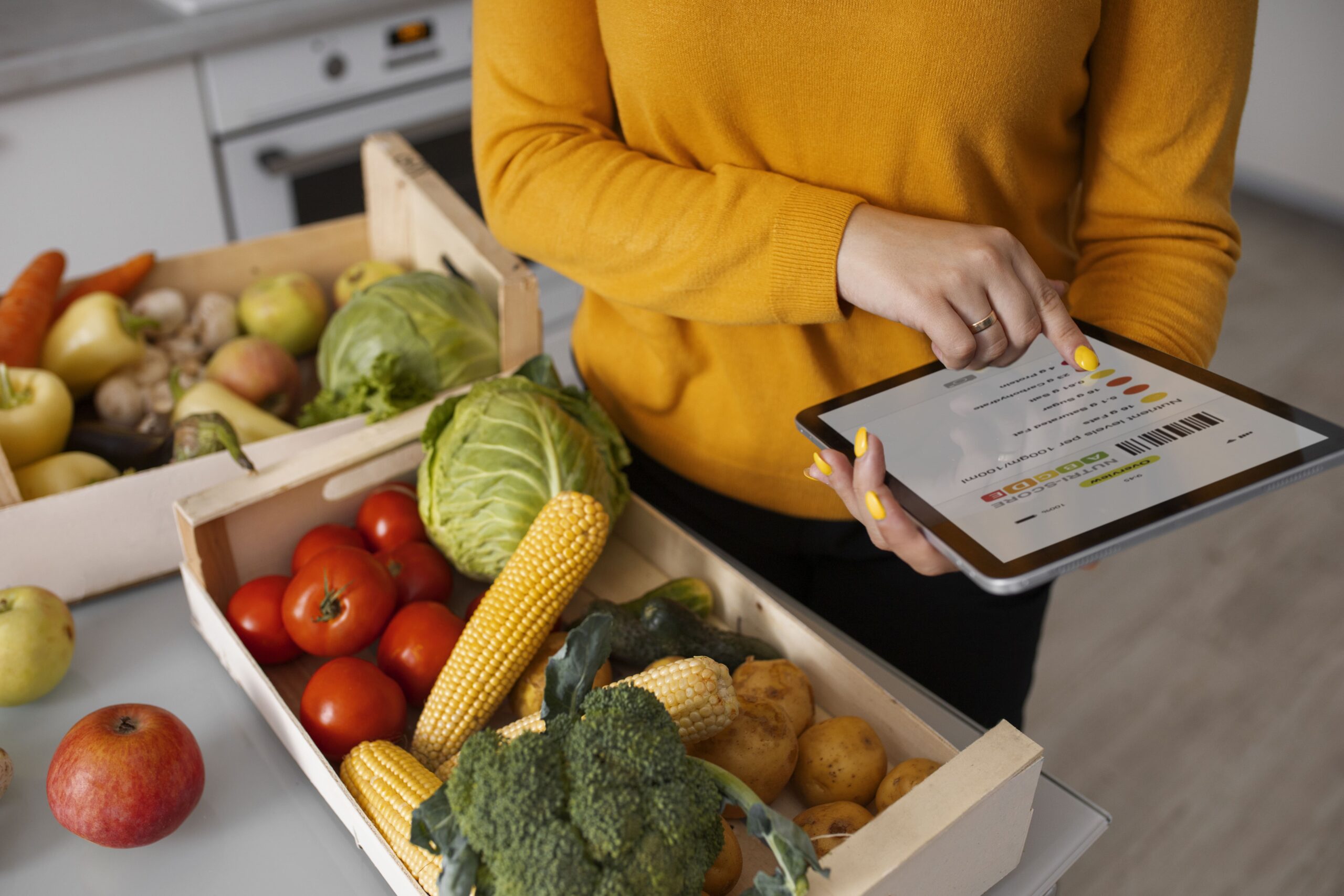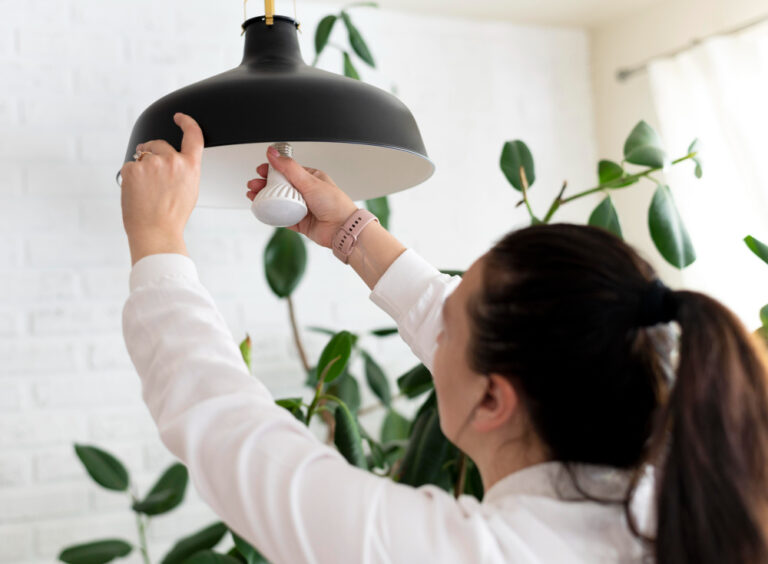20+ best Simple Swaps for a Low-Waste Lifestyle in Australia
Are you excited to know 20+ Simple Swaps for a Low-Waste for Eco-Friendly Kitchen?
Eco-Friendly Kitchen Hacks: 20+ Simple Swaps for a Low-Waste Lifestyle in Australia.
Reducing household waste is easier than you think! With a few simple swaps and habit changes, you can dramatically reduce the amount of rubbish your kitchen produces.
Not only is this better for the environment, but it will also save you money. Keep reading for over 20 ideas to help Aussies create more sustainable, low-waste kitchens.

20+ Simple Swaps for a Low-Waste Lifestyle
Here are some fantastic tips for Simple Swaps for a Low-Waste Lifestyle in Australia.
1. Reusable Alternatives to Single-Use Products

Among the most straightforward strategies to cut waste is to ditch disposable items and swap in reusable options. Here are some of the top products to replace:
Plastic bags:
Remember to include reusable shopping bags when grocery shopping. Keep several in the car and by the door so you always have them. You can carry sturdy tote bags that can last for years.
Paper towels:
Cloth napkins and dishtowels are an excellent substitute for paper towels. You can also cut up old towels and t-shirts to make reusable paper towels.
Plastic wrap:
Beeswax wraps are a zero-waste alternative to plastic wrap. They create an airtight seal to store food and keep it fresh. You can even make your own from cotton fabric and beeswax.
Ziplock bags:
Reusable silicone bags are a handy replacement for single-use plastic bags. Use them to store leftover food or pack lunches.
Coffee pods:
Ditch the wasteful coffee pods and use a pour-over or French press coffee maker. Better yet, buy coffee beans in bulk and grind them as needed.
Cloth napkins:
You can repurpose cloth napkins multiple times. Try getting a set of 12-16 napkins so you always have some on hand for guests.
Disposable plates/cutlery:
Keep reusable plates, bowls, cups and cutlery on hand for parties and barbecues. That way, you don’t have to use disposable items.
2. Food Storage Ideas for Eco-Friendly Kitchen

Storing leftovers and bulk items in an eco-friendly way takes a bit of creativity. Try these low-waste food storage solutions:
- Store pantry goods like grains, flour, sugars, or dried beans in glass jars. This eliminates the need for plastic bags.
- Transfer leftovers to glass storage containers rather than keeping them in disposable takeaway containers.
- Wrap leftovers in beeswax wraps or reusable silicone bags instead of aluminium foil or plastic wrap.
- Use cotton produce bags to store fruits and vegetables. Leave the plastic produce bags behind.
- Use stainless steel containers to pack lunches and store food. Ditch the disposable plastic tubs.
- Invest in some large glass jars or ceramic canisters to hold bulk items. Shop in the bulk section and refill when needed.
- Freeze and store foods in glass mason jars rather than plastic bags. They create an airtight seal.
3. Buy in Bulk for Eco-Friendly Kitchen

Shopping in the bulk section reduces packaging waste. Bring your own containers and bags when stocking up on grains, nuts, seeds, spices, tea, coffee, dried fruit and other pantry staples. Buying in bulk also saves money!
Seek out package-free shops and grocers that allow you to fill containers with bulk items. Look for co-ops in your area that specialise in whole foods and bulk shopping. You can find everything from oils and nut butter to laundry and cleaning products.
When buying bulk produce like fruit and veggies, choose loose versions instead of pre-packaged whenever possible. Or opt for paper or mesh bags instead of plastic.
4. Seek Out Sustainable Swaps Eco-Friendly Kitchen Hacks

There are so many eco-friendly swaps that can help reduce kitchen waste:
- Replace plastic scrub brushes and sponges with natural options like long-lasting bamboo dish brushes and compostable cellulose sponges.
- Swap out plastic cling wrap for reusable silicone mats, or beeswax wraps to cover bowls and jars.
- Use cloth produce bags and mesh produce nets instead of plastic bags for storing fruits and vegetables.
- Replace paper coffee filters with reusable stainless steel filters. Compostable bags make it easy to collect scraps.
- Choose non-toxic cleaners like white vinegar, baking soda and lemon juice over conventional cleaners in plastic bottles.
- Opt for reusable beeswax or silicone food wraps rather than aluminium foil or plastic wrap.
- Use cloth napkins and dishtowels rather than relying on paper towels and napkins
5. Adjust Your Food Shopping Habits Eco-Friendly Kitchen Hacks

A few changes to your regular food shopping habits can dramatically reduce waste:
- Take inventory before shopping and plan meals around what you already have on hand. Could you make a list and stick to it?
- Buy only the quantities you know you will use before an item spoils. Resist bulk deals on perishable items.
- Purchase locally grown produce in plastic packaging that only travels short distances. Shop at farmers’ markets when possible.
- Choose loose vegetables instead of pre-packaged when given the option.
- Avoid heavily packaged snack foods and select snacks like fresh fruit and trail mixes from the bulk bins.
- Select items packaged in paper, glass or other compostable materials when possible.
- Shop for staple items at zero-waste or bulk stores where you can fill reusable containers.
- Bring your own containers, produce bags and jars. Some stores even allow you to use your containers at the butcher counter or deli.
- Buy milk in returnable glass bottles rather than plastic jugs or cartons.
6. Get Creative in the Kitchen
Use up every scrap of food with these zero-waste cooking tips:
- Save vegetable scraps like onion skins, carrot tops, and herb stems to make vegetable broth.
- Make crunchy veggie chips from vegetable peelings – try beet, carrot, parsnip or sweet potato chips.
- Turn stale bread into breadcrumbs or croutons.
- Freeze herb stems and veggie scraps to add to your next soup or stock pot.
- Make banana ice cream from overripe bananas that you peel and freeze.
- Dehydrate extra produce to make fruit leathers or veggie chips.
- Use wilted veggies and greens in frittatas, omelettes, pasta or smoothies.
- Make fruit syrups from past prime produce to use in drinks, baking and desserts.
7. Eco-Friendly Food Storage Containers

The containers you choose to store leftovers and meal prep with can make a big difference. Here are some of the most planet-friendly options:
Glass jars
Look for jars with clamp-down lids for an airtight seal. Mason jars are endlessly reusable.
Stainless steel containers:
Opt for stainless rather than plastic; these are durable and last for years.
Beeswax wraps:
These reusable wax wraps form around containers; choose organic cotton with sustainably sourced wax.
Silicone bags:
Reusable and dishwasher-safe, these bags are a green alternative to Ziplock bags.
Metal tiffins:
Use stainless steel tiffin containers to pack waste-free lunches and picnics.
Glass or stainless bottles:
Carry water or smoothies in reusable glass or steel bottles instead of plastic.
Cloth produce bags:
Made from natural cotton, muslin or hemp fabric, Wash and reuse for years.
Silicone stretch lids:
These lids grip containers to cover bowls, jars, cups, pots and pans.
8. Compost Food Scraps for Eco-Friendly Kitchen Hacks

Food scraps can be kept out of landfills by composting them, where they produce methane gas. Check whether your city provides curb-side pickup for compost or community drop-offs. You can also compost at home with a backyard compost bin. Here are some tips:
- Collect food scraps in countertop compost bins lined with compostable bags. Empty frequently.
- Toss fruit and veggie peels, eggshells, coffee grounds, tea bags and more into your home compost bin or curbside pickup.
- If you are hosting a party, use compostable cutlery and plates made from bamboo or palm leaves.
- Keep compost bins conveniently located in the kitchen, garden and garage so they get used.
- Layer “green” and “brown” yard and food waste together for proper composting. Greens are food scraps; browns are dried leaves and twigs.
- Consider getting worms to speed up the composting process. Red wiggler worms are used in vermicomposting to decompose waste.
- Composting food waste removes it from the waste stream and turns it into valuable fertiliser for your garden. It’s one of the easiest and most effective ways to reduce your environmental impact.
For more details watch this video: 10 zero-waste kitchen swaps.
Eco-Friendly Kitchen Swaps – Final Thoughts
You can easily make your kitchen routines more sustainable with a few simple low-waste swaps. Ditch disposable products and embrace reusable alternatives. Seek out package-free and bulk shopping options. Adjust your shopping habits to reduce food waste.
Get creative in the kitchen to use up scraps. Compost whatever’s left. Making these eco-friendly changes will help minimise your environmental footprint. What swap are you most excited to try first?
Let me know in the comment section if this guide or tips and tricks help you to Simple Swaps for a Low-Waste Lifestyle.






